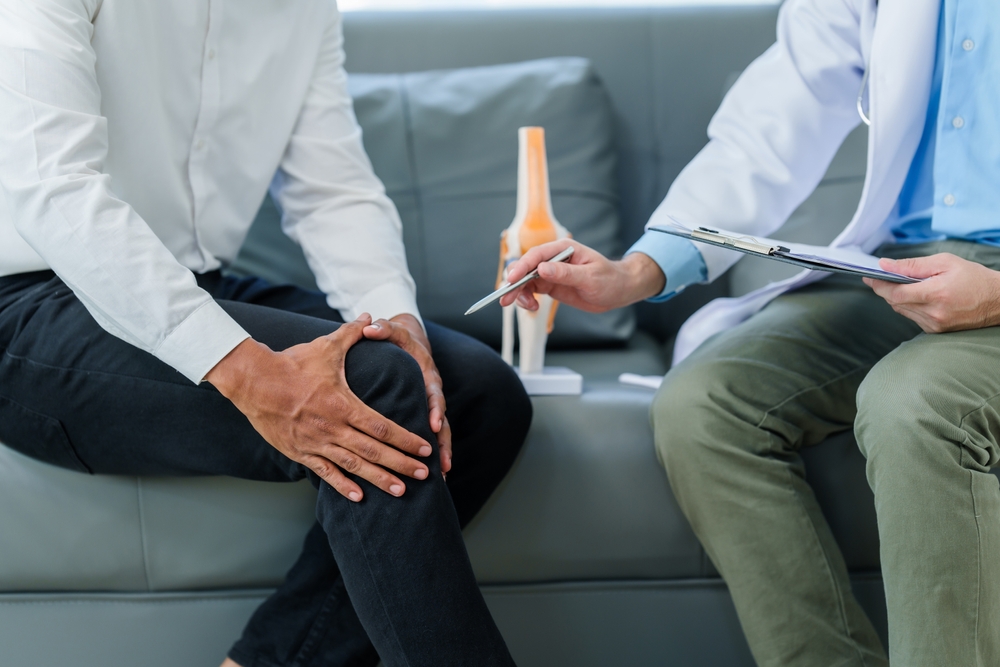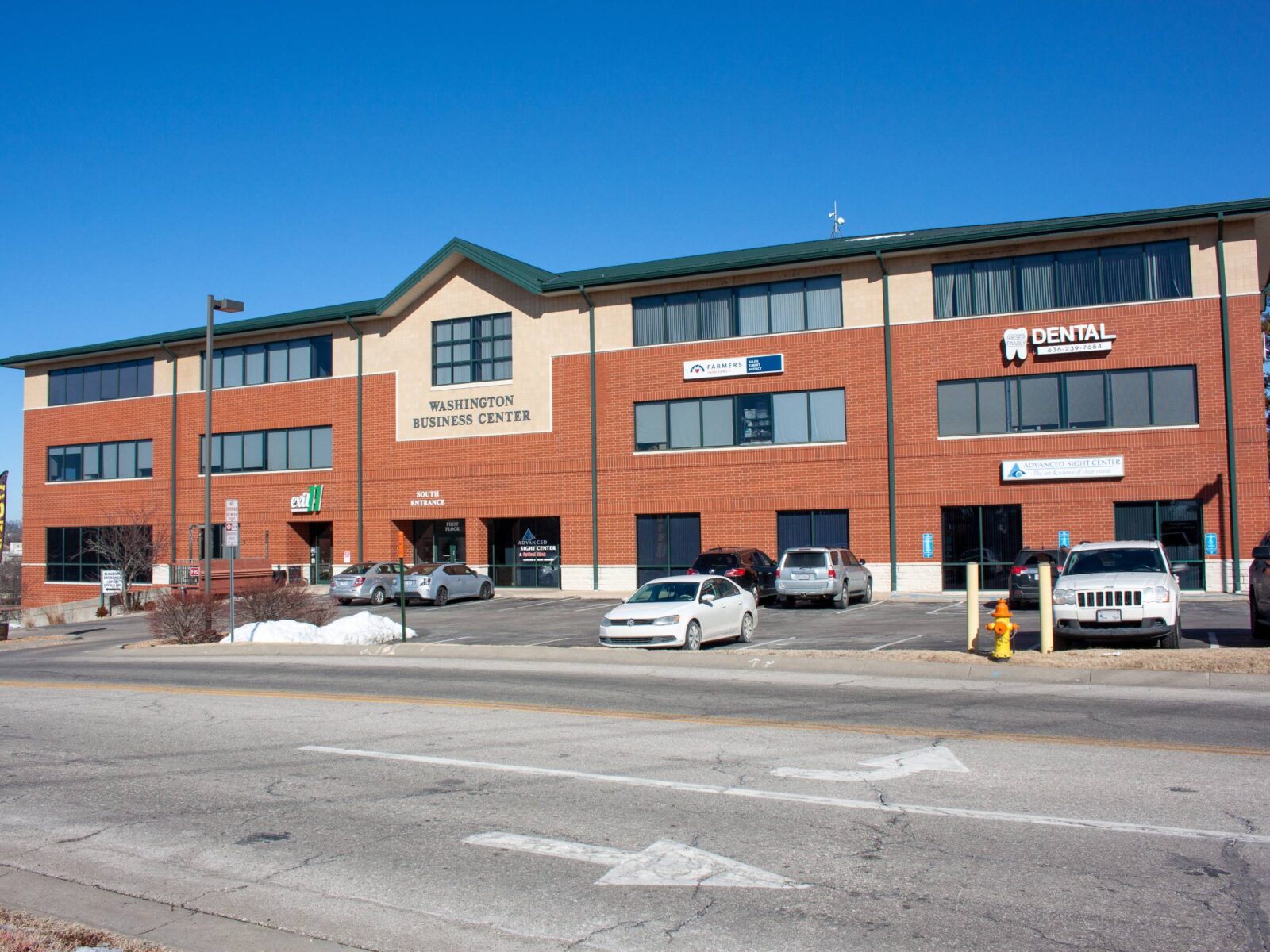The winter chill has arrived and can come with some unwanted aches, particularly for those living with chronic pains. Living with chronic pain is never easy, even less so during the colder seasons when the weather can increase pain sensations. Guaranteeing you get the best pain relief all winter requires following these tips:
Preparing For The Winter Chill
Wear Warm Layers
It’s best to remain inside during the chilly days of winter when possible. If you going out into the cold is necessary, wear multiple layers. Add insulating clothing like leggings underneath your pants to keep your knees warm. It’s also essential to ensure you have a decent, intact pair of gloves to protect your hands from the aching cold.
Keep Hydrated
Remaining well-hydrated is crucial for your overall health during the winter. Being dehydrated has quite a negative impact on your body and can significantly impact your joints. Even being slightly dehydrated can lead to aches and otherwise preventable pains. Be sure to mind your daily water intake to give your body the hydration and lubrication it needs to operate at its best.
Stay Active
Staying active is the key to having better mobility and function. However, the cold can cause some issues to your routine due to the impact of temperatures and air dryness. Turning your workout routine indoors can help avoid those problems. If you don’t exercise routine, take your time with your new routine. By gradually increasing your workouts, you can prevent adding additional stress to your joints.
Stretching
It’s essential to start your day with some warm-up exercises, especially if you plan a more intense workout. Colder days require even more attention to warming up. These exercises help to prepare your muscles for what’s ahead and prevent injury while you get to take full advantage of your full workout.
Using Heat Sources
Use heating pads, take hot showers, and dress to protect your body throughout the day. When you feel the winter chill soaking into your joints, take some time to soak them in warm water or take a soothing bath.
Take Care Of Your Mental Health
Although mental health is not seen as a physically chronic condition, it can be, as the words state, a mentally chronic condition. Depression and anxiety are the most common symptoms that increase in severity during the colder months. General Anxiety Disorder (GAD) is a mental illness that leads someone to worry excessively over events even when there’s little to no proof to justify those worries. Seasonal depression happens during the darker months, such as November and December, when access to sunlight is limited by the cloud cover, leading to oversleeping or a lack of energy and motivation. These can drastically affect how you handle the winter months and the chronic pains that come with them.
Don’t let chronic pain control your life; contact your doctor if you find that you need help in dealing with your chronic pains. They will be able to assist you in finding ways to aid in reducing pains caused by the colder weather brought on by the fall and winter months.










